Automotive Industry Expansion
The Electroplating Market is significantly influenced by the expansion of the automotive sector. As the automotive industry evolves, there is a growing emphasis on lightweight materials and enhanced vehicle performance. Electroplating Market plays a crucial role in this transformation by providing protective coatings that improve the longevity and performance of automotive components. The demand for electroplated parts, such as connectors and decorative trims, is expected to rise as manufacturers strive to meet stringent regulatory standards and consumer preferences for durability. Recent statistics indicate that the automotive sector is anticipated to grow at a rate of around 4% annually, which could lead to increased opportunities for the Electroplating Market as it aligns with the industry's focus on innovation and sustainability.
Increasing Regulatory Standards
The Electroplating Market is also shaped by the increasing regulatory standards aimed at reducing environmental impact and ensuring product safety. Governments and regulatory bodies are implementing stricter guidelines regarding the use of hazardous materials and waste management in manufacturing processes. This trend compels companies within the Electroplating Market to adopt more sustainable practices and invest in cleaner technologies. Compliance with these regulations not only enhances brand reputation but also opens up new market opportunities. As industries strive to meet these evolving standards, the demand for eco-friendly electroplating solutions is likely to rise, further driving growth within the Electroplating Market.
Growth in Renewable Energy Sector
The Electroplating Market is poised to benefit from the burgeoning renewable energy sector. As the world shifts towards sustainable energy solutions, the demand for components used in solar panels, wind turbines, and energy storage systems is on the rise. Electroplating Market is essential for enhancing the performance and durability of these components, particularly in terms of conductivity and corrosion resistance. The renewable energy market is projected to grow at a robust pace, with investments in solar and wind technologies expected to increase significantly. This growth presents a substantial opportunity for the Electroplating Market to expand its offerings and cater to the specific needs of the renewable energy sector, thereby contributing to a more sustainable future.
Rising Demand for Consumer Electronics
The Electroplating Market is experiencing a notable surge in demand driven by the increasing production of consumer electronics. As devices such as smartphones, tablets, and laptops become ubiquitous, manufacturers are seeking efficient methods to enhance the durability and aesthetic appeal of these products. Electroplating Market provides a cost-effective solution for applying thin layers of metals like gold, silver, and nickel, which not only improve conductivity but also offer corrosion resistance. According to recent data, the consumer electronics sector is projected to grow at a compound annual growth rate of approximately 5% over the next few years. This growth is likely to bolster the Electroplating Market, as manufacturers increasingly rely on electroplating techniques to meet consumer expectations for quality and longevity.
Advancements in Electroplating Technologies
Technological advancements are reshaping the Electroplating Market, offering new methods and materials that enhance efficiency and effectiveness. Innovations such as pulse plating and environmentally friendly plating solutions are gaining traction, allowing for improved control over the electroplating process. These advancements not only reduce waste but also minimize the environmental impact associated with traditional electroplating methods. Furthermore, the introduction of automated systems is streamlining production processes, thereby increasing output and reducing costs. As industries seek to adopt more sustainable practices, the Electroplating Market is likely to benefit from these technological improvements, which could lead to a more competitive landscape and expanded market share.


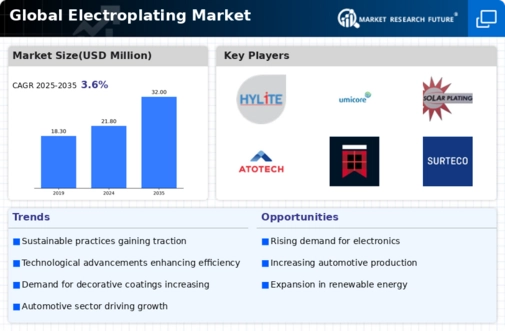
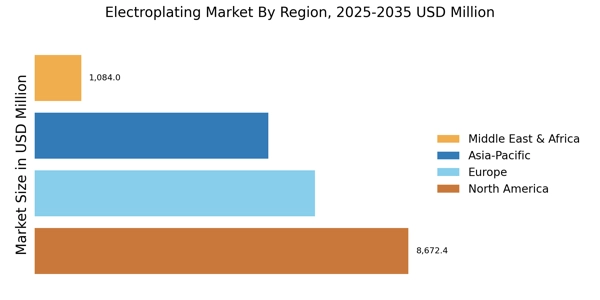
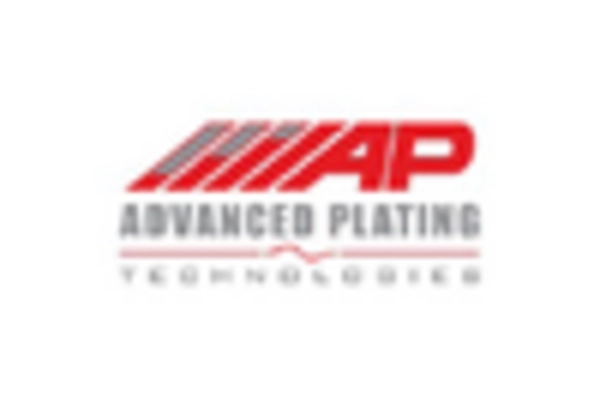
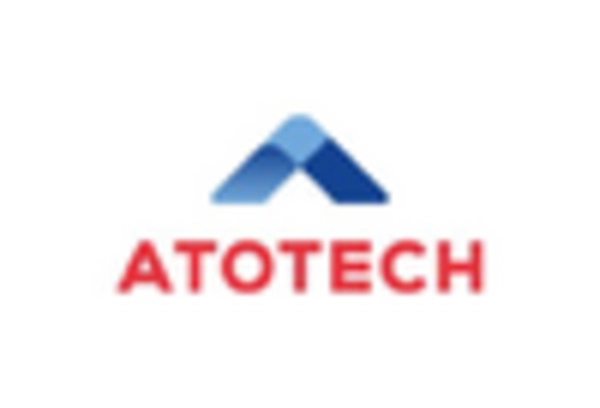
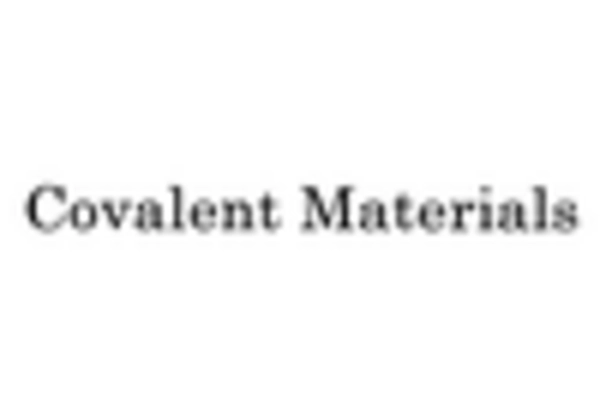











Leave a Comment